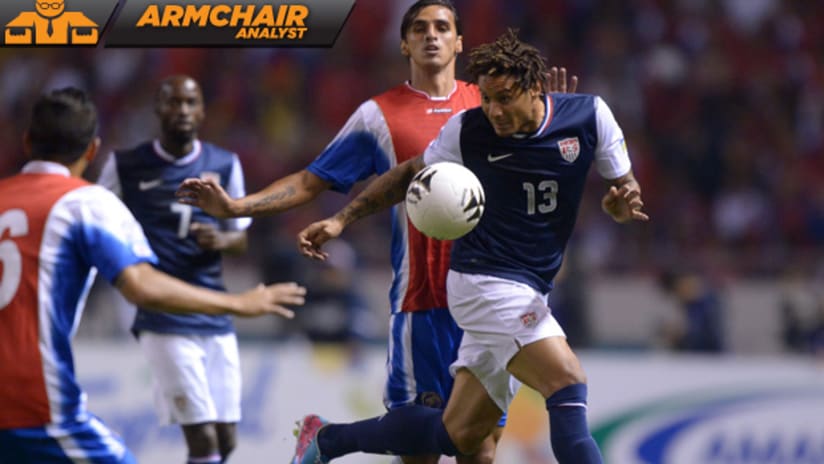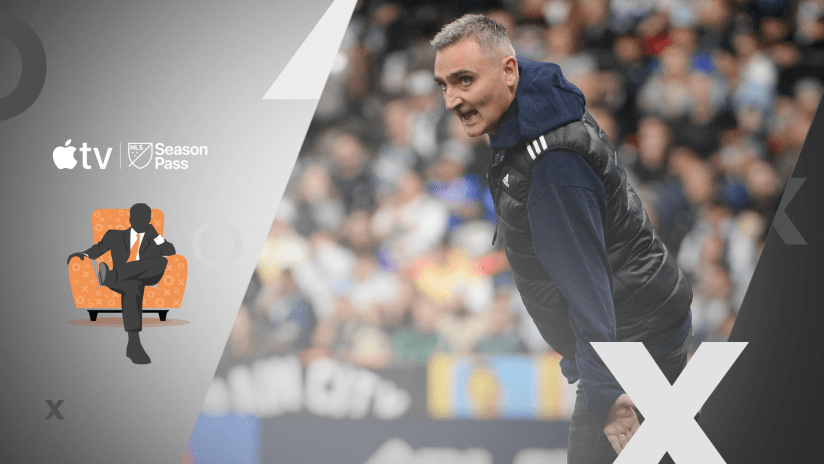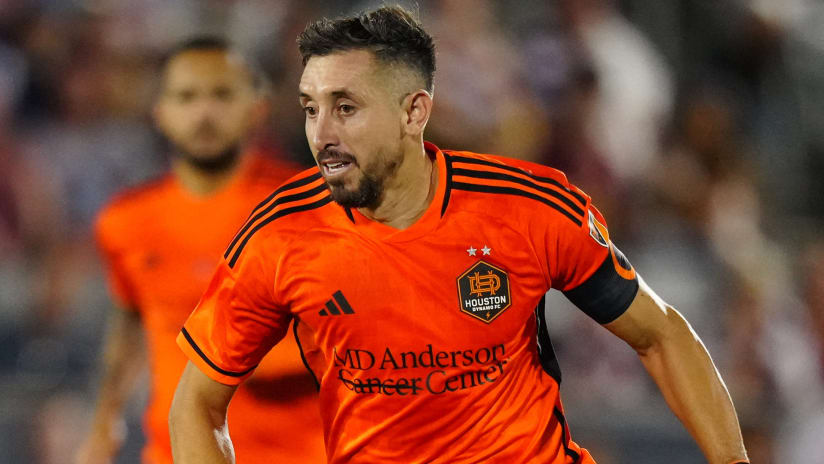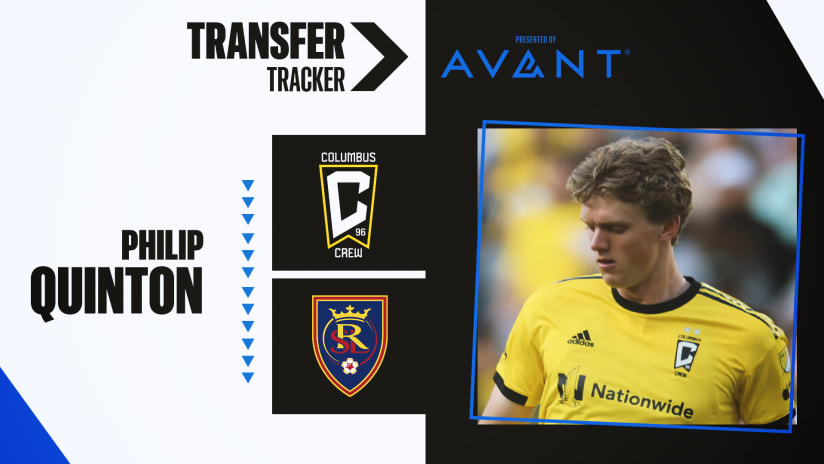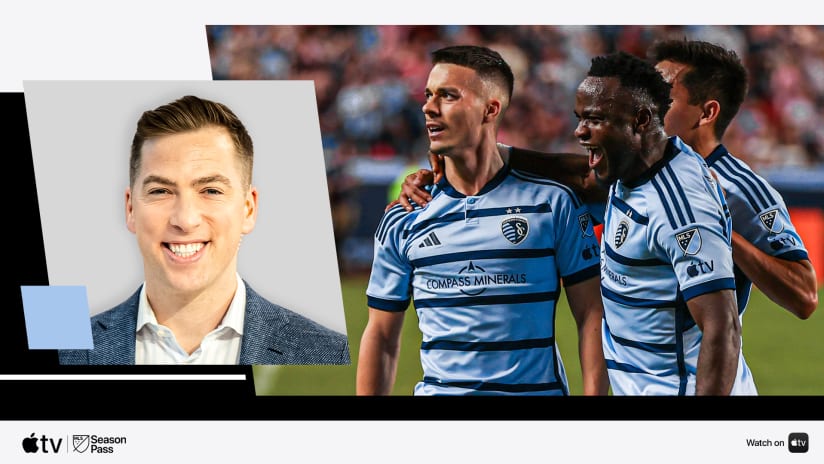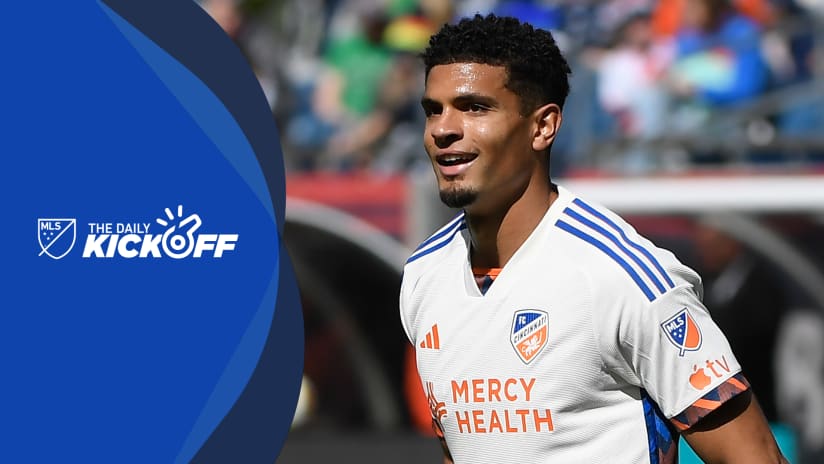Sometimes you take chances, and they work out. That's what Jurgen Klinsmann did earlier this year when he put DaMarcus Beasley into the lineup at left back, and – no matter how ugly it got on Friday night in Costa Rica – that was the right move.
Sometimes you take chances and they don't work out. You end up like Homer trying to jump the Springfield Gorge. You hit every branch on the way down, and all you find at the bottom is pain.
That's what happened to Klinsmann in San Jose. He tried some new faces in the backline and they got slammed. He went with no center forwards up top, and the US didn't have an outlet when the midfield was overrun. He played a number of guys in yellow-card peril, and now they're out for Tuesday's square dance with Mexico.
The big chance, though, is that he tried to play an open game in Central America. It was a somewhat understandable risk given the way the US has been scoring, and given the way the Ticos had been outplayed in the Gold Cup six weeks ago.
But he got a 30-minute drive-by, followed by a 60-minute rope-a-dope. The better team won.
Here are three things we learned from a 3-1 drive-by in Costa Rica:
1. Where's Michael Orozco Fiscal going?
This was Klinsmann's big risk on the backline, and it blew up in his face almost immediately.
Orozco Fiscal did one major thing wrong: He overlapped. A lot, and irresponsibly, and in both halves – which suggests that it wasn't a subject of "discussion" at halftime. It should have been "discussion" accompanied by diagrams and threats of bodily harm with a blowtorch. It was insane.
The reason Beasley at left back worked so well for so long is because he was given license to roam up the left and initiate attacks as he saw fit. That's because the preferred right back – Brad Evans and Michael Parkhurst have been the choices – didn't. They would push up to support the attack, not facilitate. It was "right back as tertiary central midfielder" in possession, which meant that there were precious few break-outs down the right side since, oh, March or so.
The reason you want to prevent those break-outs is because the last thing you want is Beasley running at his goal, trying to body his man out of the play at the back post on a cross from the flank.
Of course, I just described the second Costa Rica goal perfectly. Beasley was defending one-on-three, but even one-on-one he had little chance of making the play. Every player in the world brings stuff to the table and takes othe stuff away, and for Beasley, it's defending the back post in the air.
You can blame the player, but he should never have been in that spot to begin with.
Speaking of the one-on-three aspect...
2. Someone get Jermaine Jones some coffee
The whole sequence for the first goal happened after a very, very lazy Jones turnover. The second goal – the one-on-three – happened because he was busy ball-watching and didn't stay with the run of Celso Borges, the eventual goal-scorer.
Borges starts 10 yards behind Jones and outruns him anyway, as shown below:
Jones' was one mistake in a cascade of US errors on the play, but it's an insanely frustrating one to see from a veteran who's supposed to be a leader. Ball-watching on the break is orange slices stuff.
And then there was a chance a few minutes later when Bryan Ruiz spun on the ball, 35 yards from goal, to chip over the static US backline for Christian Bolaños. A hustling Orozco Fiscal deflected the shot, but Jones did absolutely nothing to pressure the service in the first place.
That's brutal. If you're playing in a two-man central midfield, you can't put out a half-effort in the final third.
3. Where is the help coming from?
This is what Devin Pleuler, who writes the Central Winger column, and I talked about before the game:
He had to pinch in because without an ad hoc third man, the central midfield was going to be overrun. And he was the obvious choice to be that third man since he'd allow Beasley space to overlap.
But that didn't happen – again, it seemed to be by design – and there was no real answer in the middle of the park for the first 30 minutes. Eventually Landon Donovan started dropping deeper, but that only stemmed the tide once the score was already 2-0.
This was all compounded by the fact that there was no easy outlet up top to hold the ball, which is a must in most 4-4-2s (doubly so if you're losing the central midfield battle). Playing Donovan and Clint Dempsey up top together didn't even look good on paper, to be perfectly honest. It was even worse on grass as soon as the Costa Ricans figured out that all those desperation punts from the US defense would turn into Tico possession nine times out of 10.
The over-arching lesson? Never get in a land war in Asia, and never, ever underestimate a trip to Central America when the stakes are real.
The happy up-shot? Klinsmann has shown the ability to learn from his mistakes in the past. Tuesday against Mexico – a team in even worse shape than the US – he'll get his chance.
Let's hope he doesn't pull another Homer.

